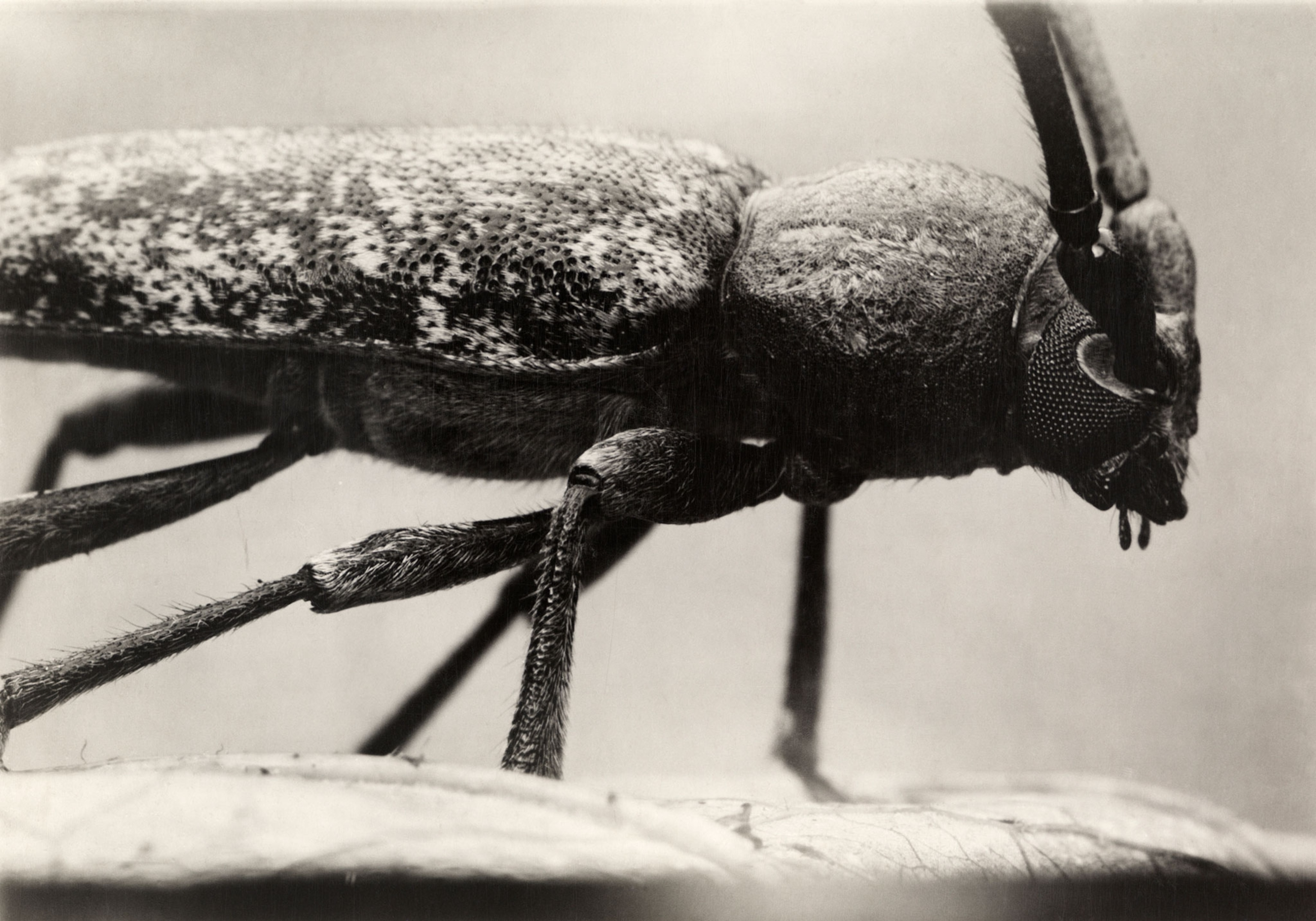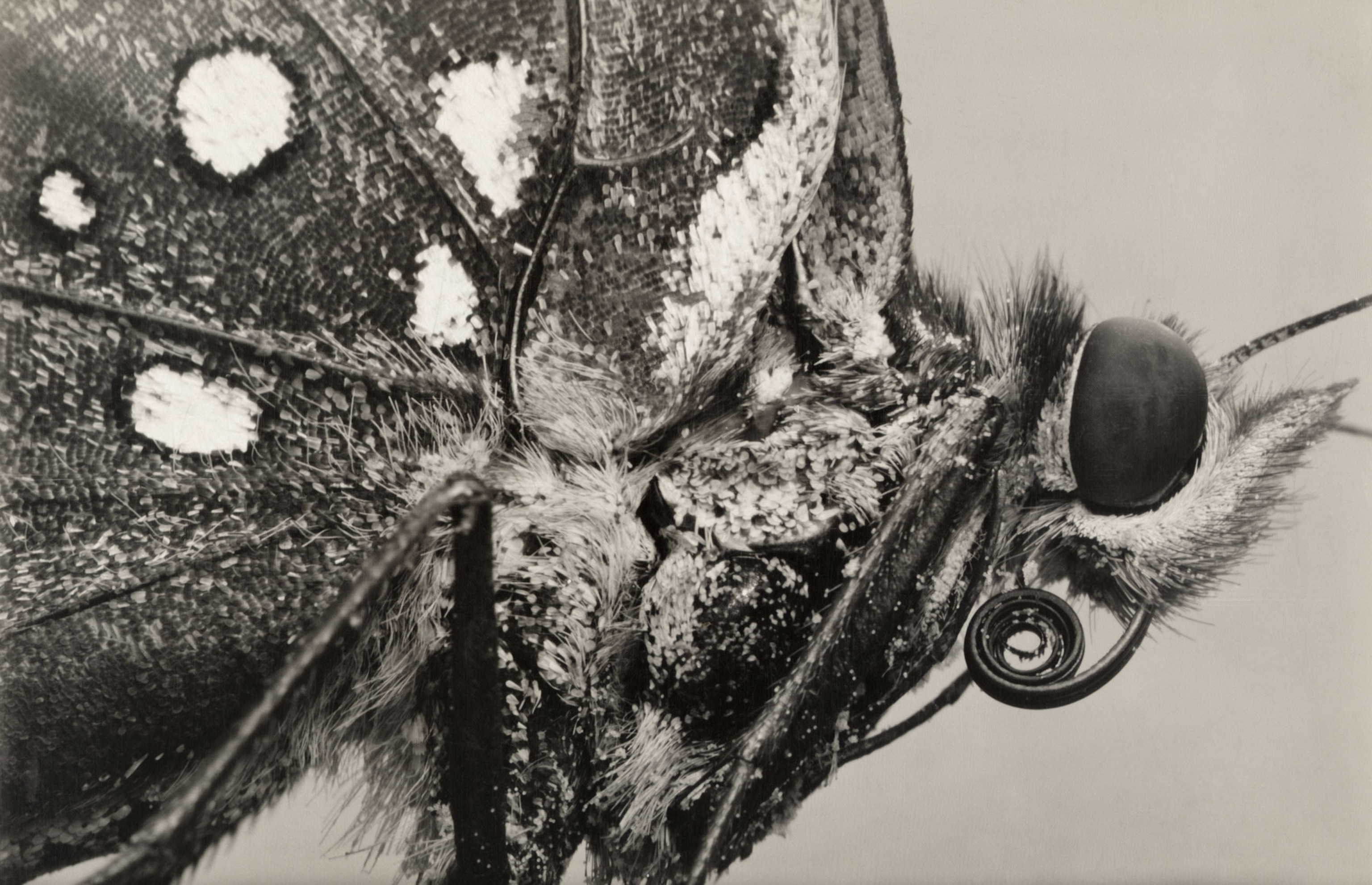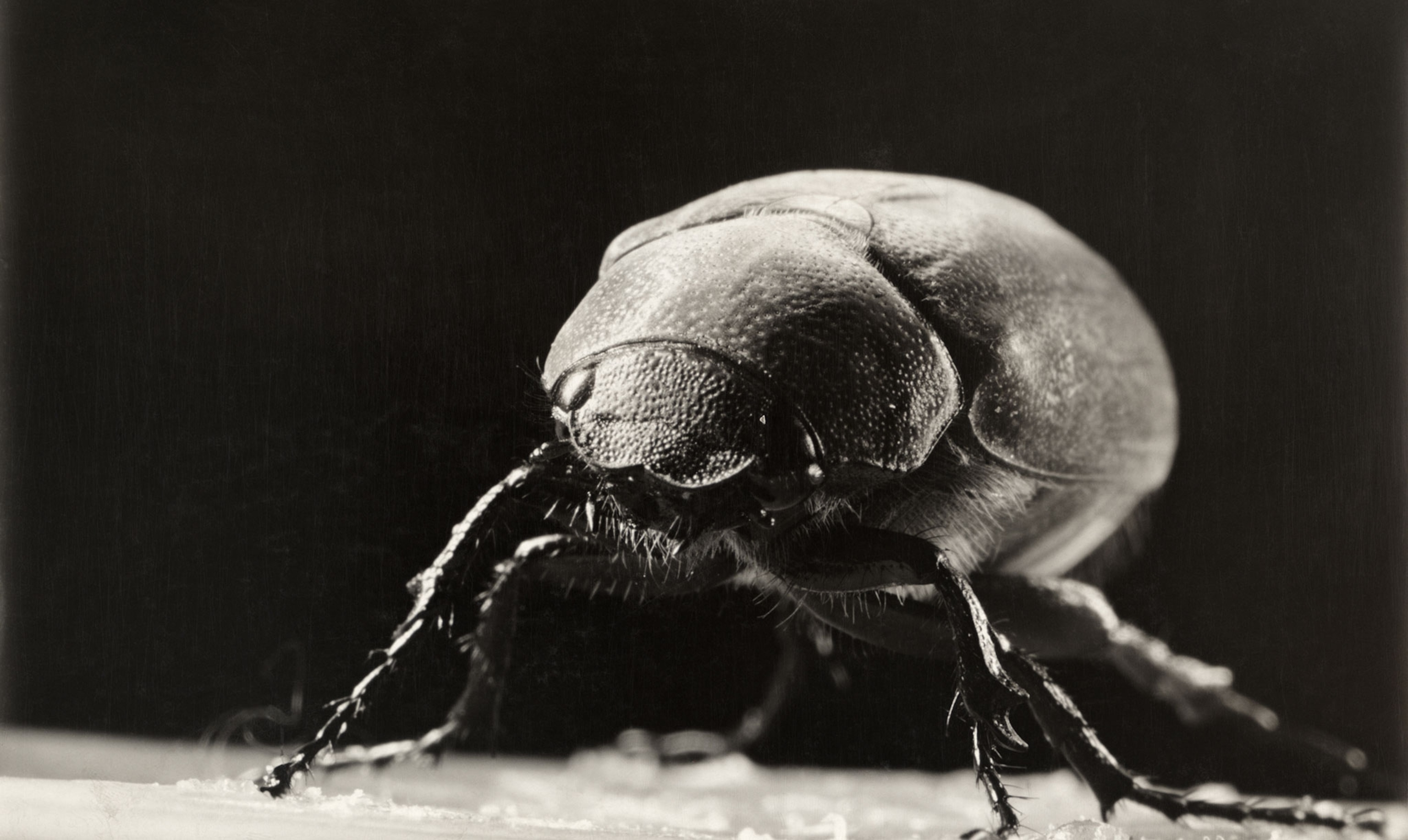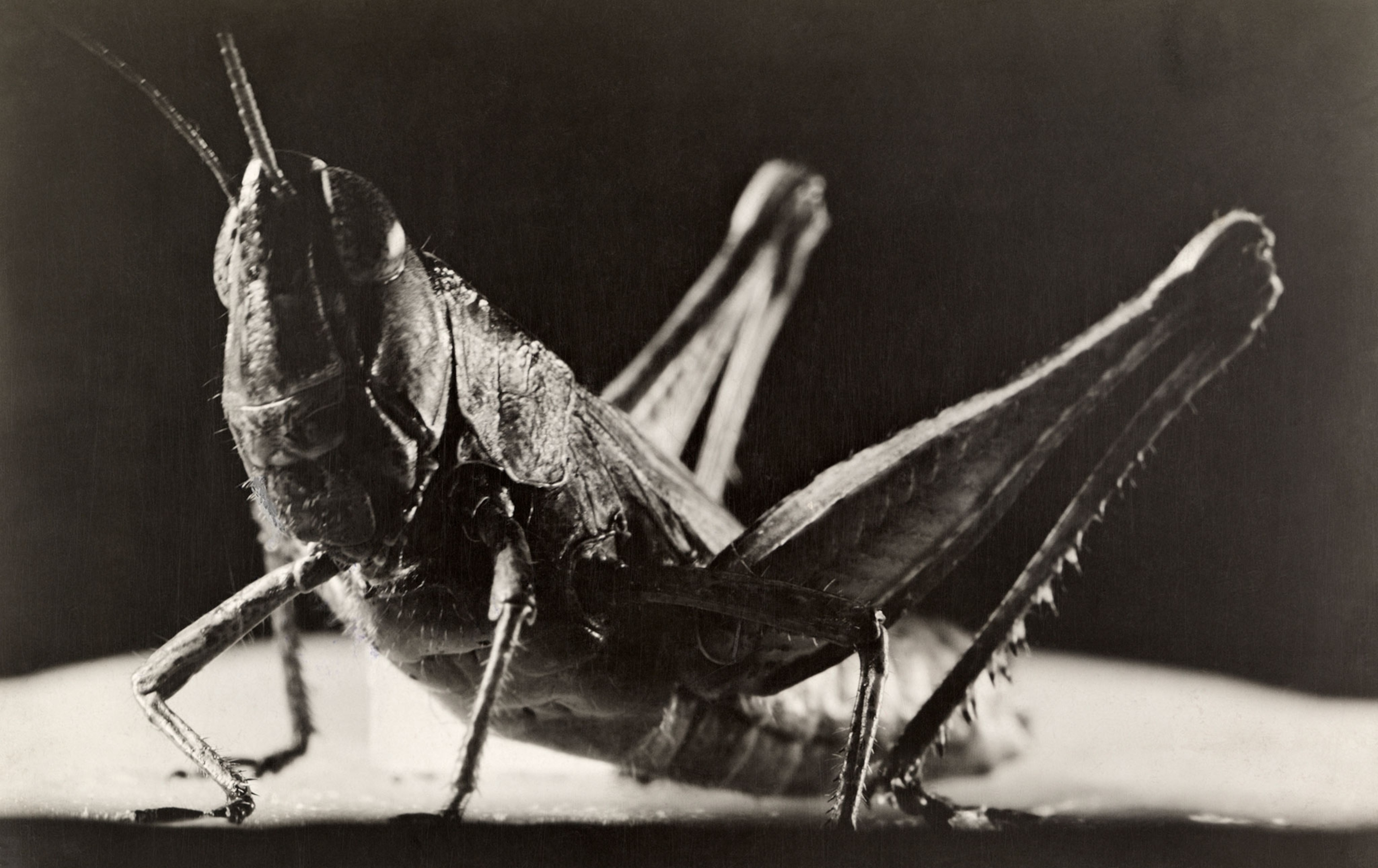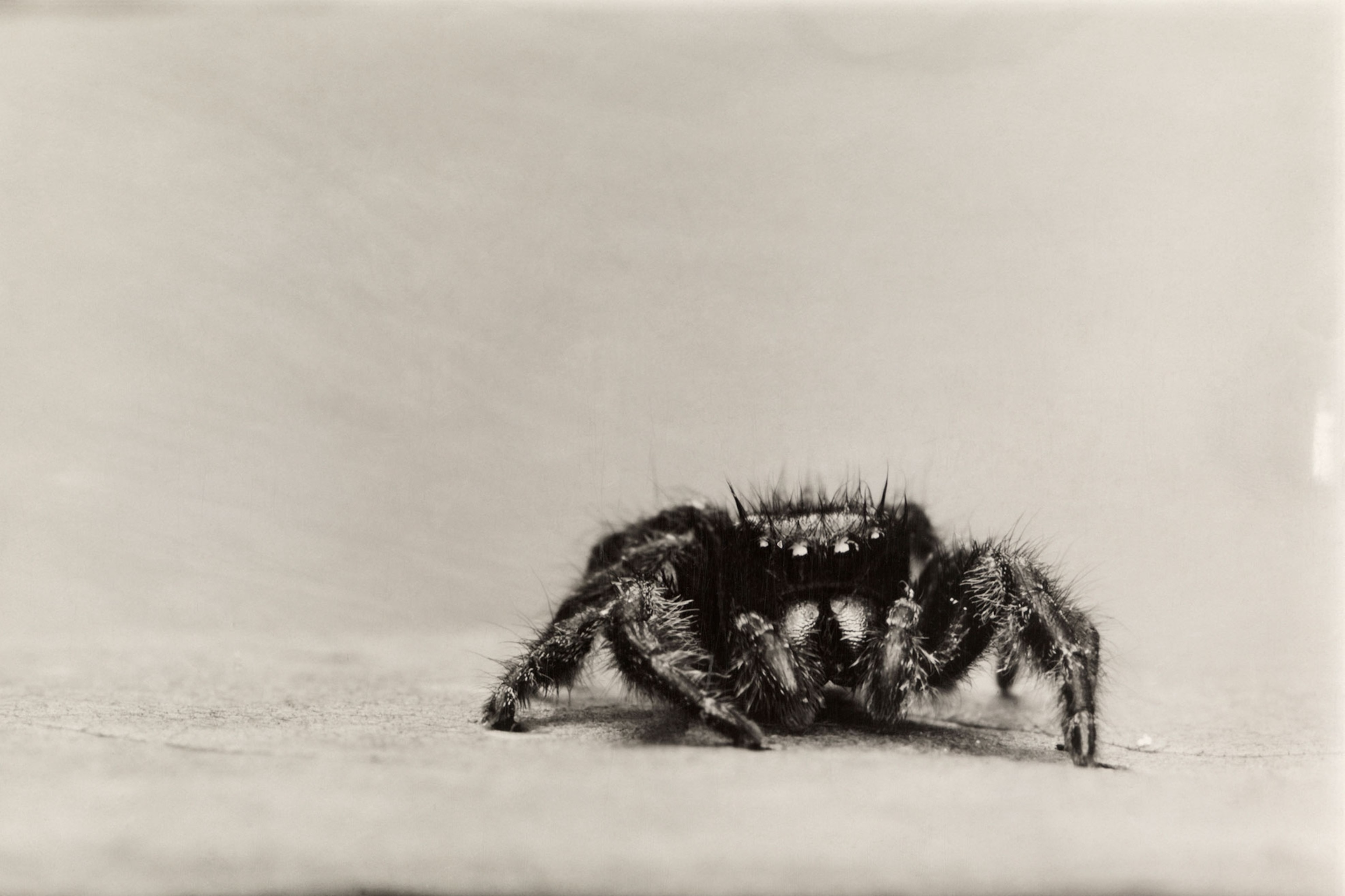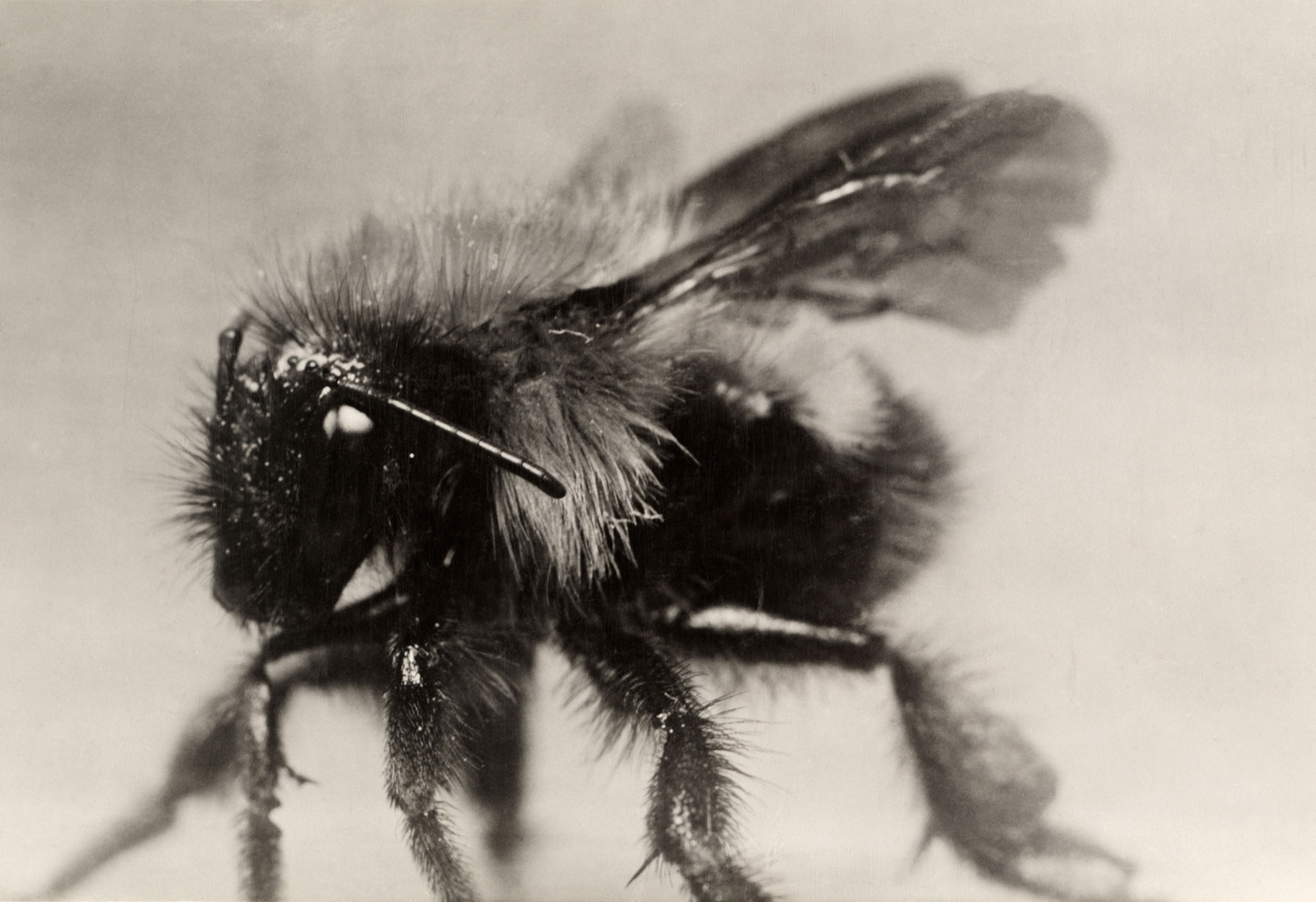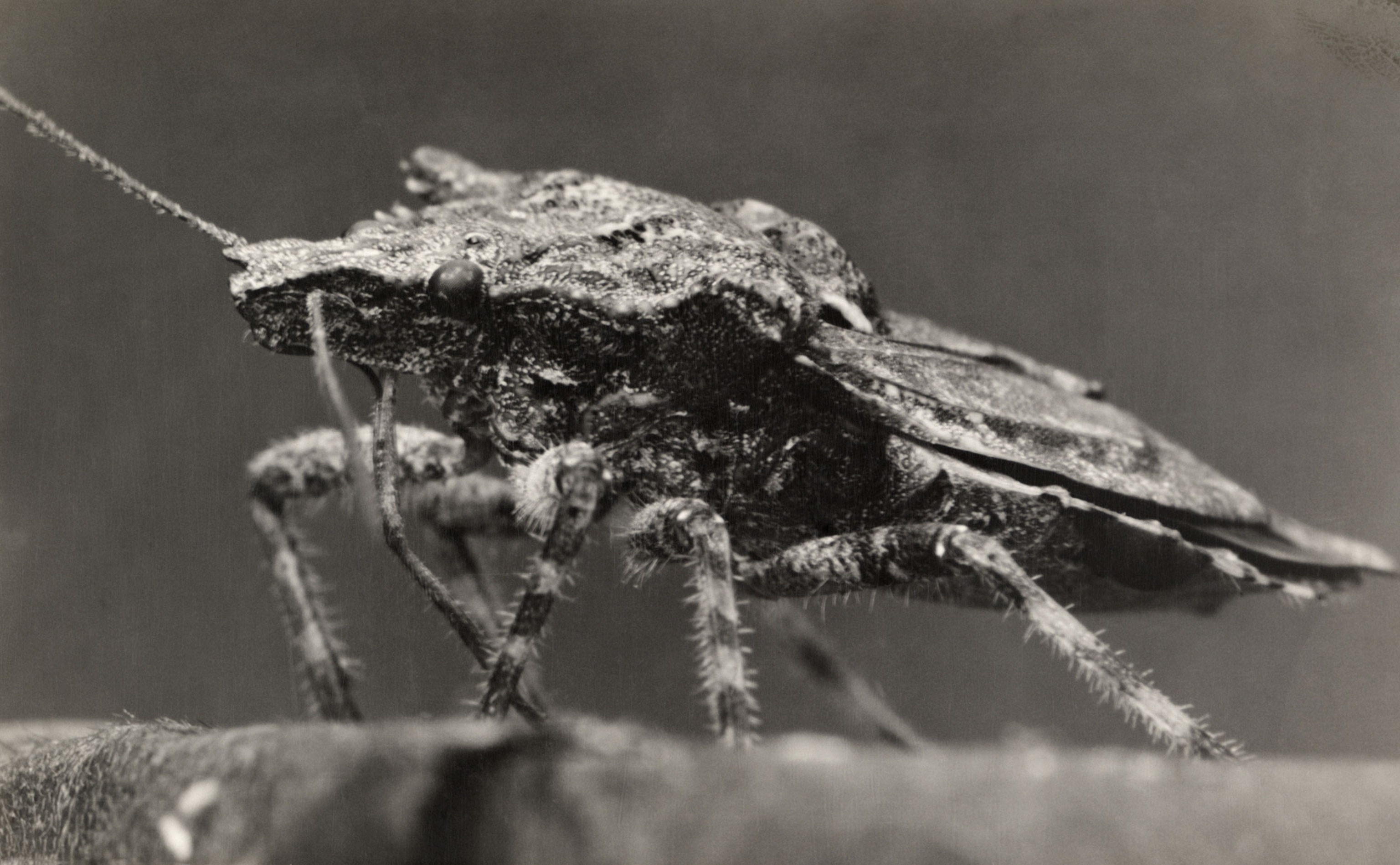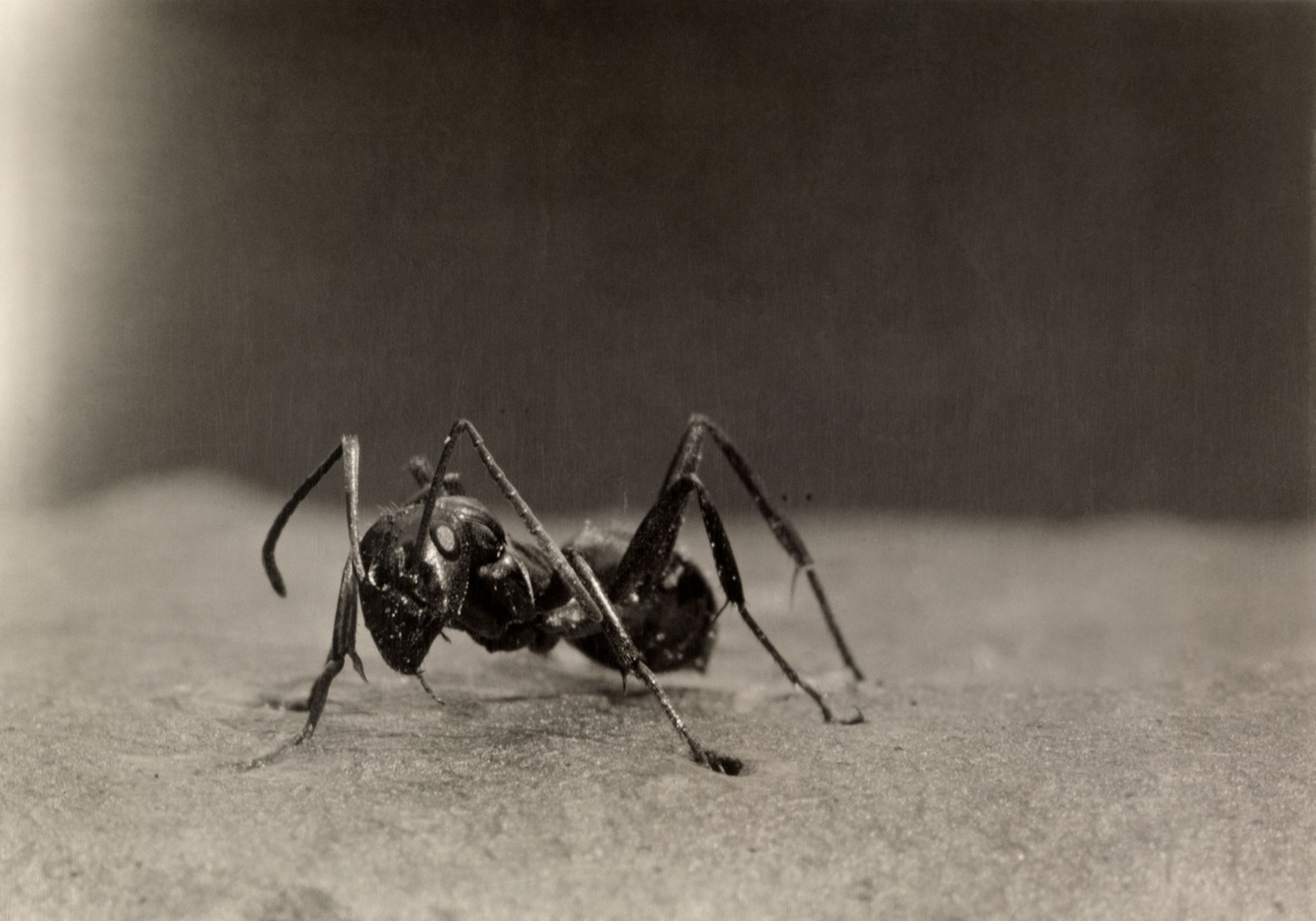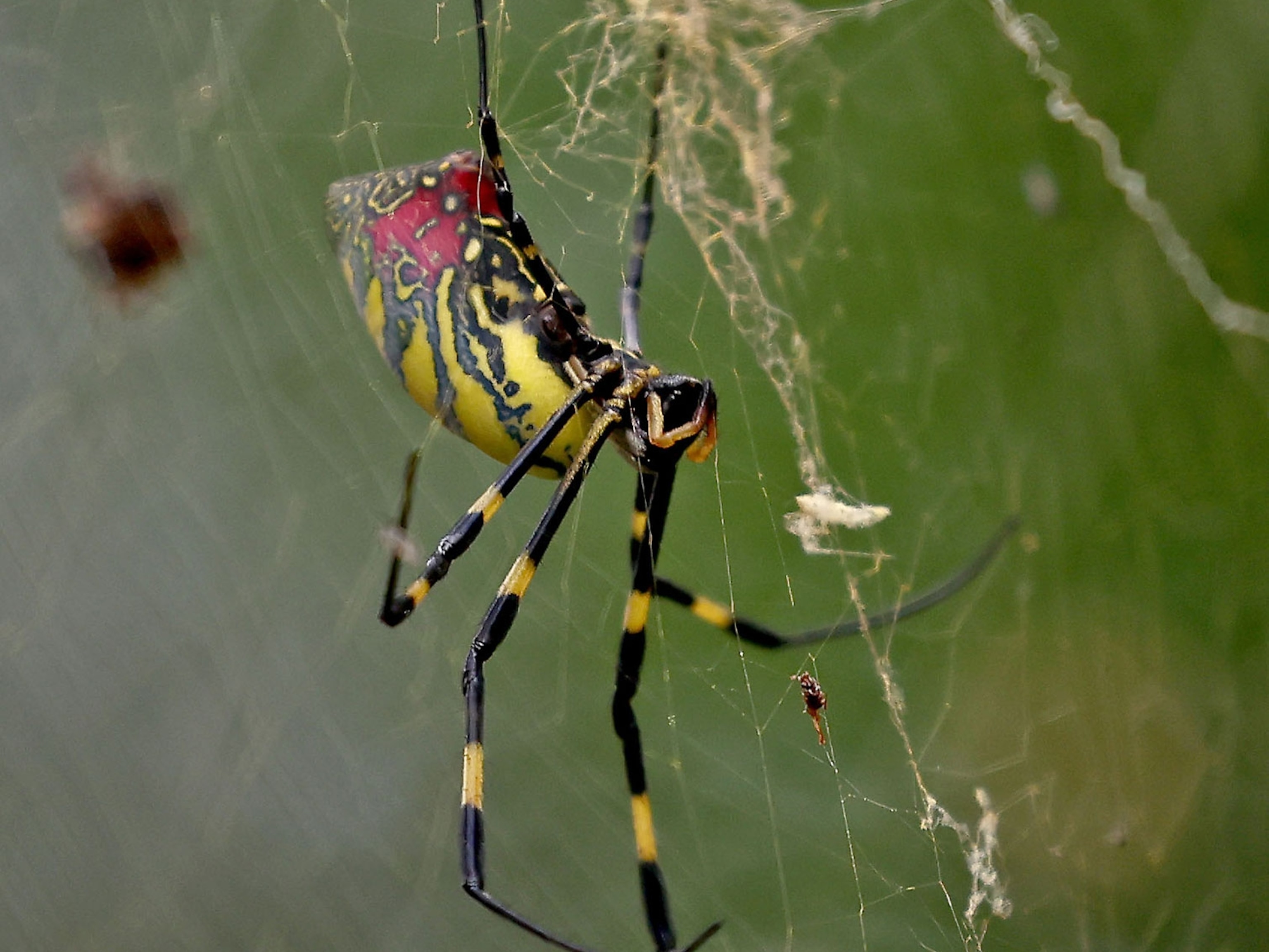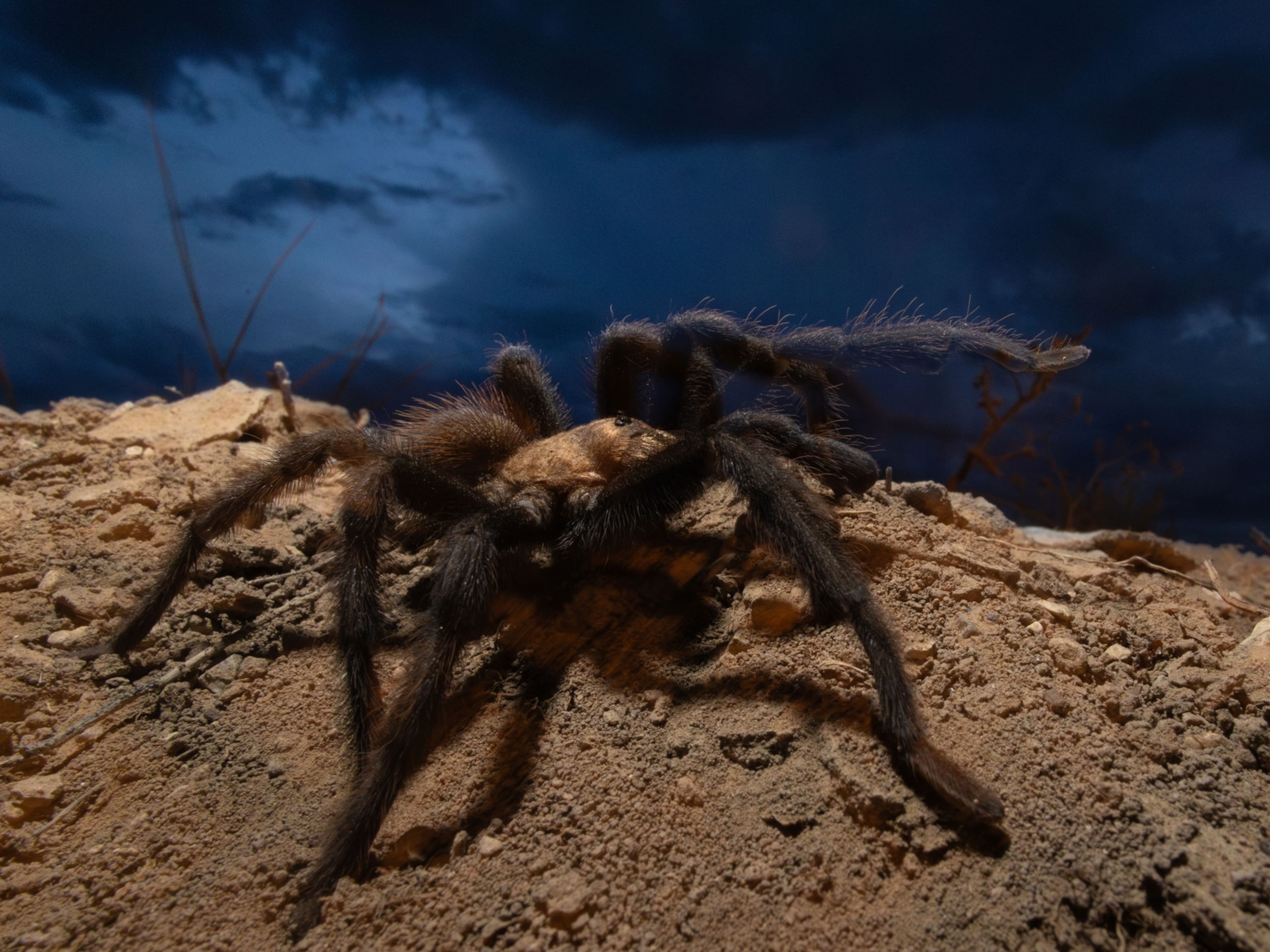Vintage Photos of Insects and Spiders in Vivid Detail
In 1913, National Geographic magazine published a series of microscopic images revealing the "monsters in our own backyards."
In the early 1900s, photographer David Fairchild trained his camera on a part of the world most of us ignore: The insects under our feet.
His resulting body of work, published in 1913 in National Geographic magazine, was incredibly unique, both for its subject matter and use of magnified images that showed bugs in intricate detail.
Titled "Monsters of Our Back Yards," the series featured an array of insects, from crane flies to june bugs to grasshoppers.
"As one closely examines the pictures, which sound a new note in the layman's study of nature, he is at once interested and amazed at the new world it discloses," Fairchild wrote with Marion Fairchild in a follow-up story in the magazine in 1914.
The pictures offer a new window into the cockroach's delicate antennae, the male cricket's "music box" wing, and more "strange and wonderful mechanisms of nature that stand out under the powerful microscope," the Fairchilds wrote. (Read why insects rule the world.)
It's safe to say many people are are less than enamored by bugs—but like it or not, they're extremely successful. There are about 10 quintillion on Earth, including about 10 quadrillion ants.
Insects evolved 400 million years ago, among the first animals to “crawl out of the sea, shake off the mud, and ... get wings,” Katy Prudic, an entomologist at the University of Arizona, said in a previous interview.
“When Earth’s oxygen levels shrank, so did the insects”—allowing them to breathe and escape predators more quickly. (Related: "Battle Ready: 5 Insects Prepared for War.")
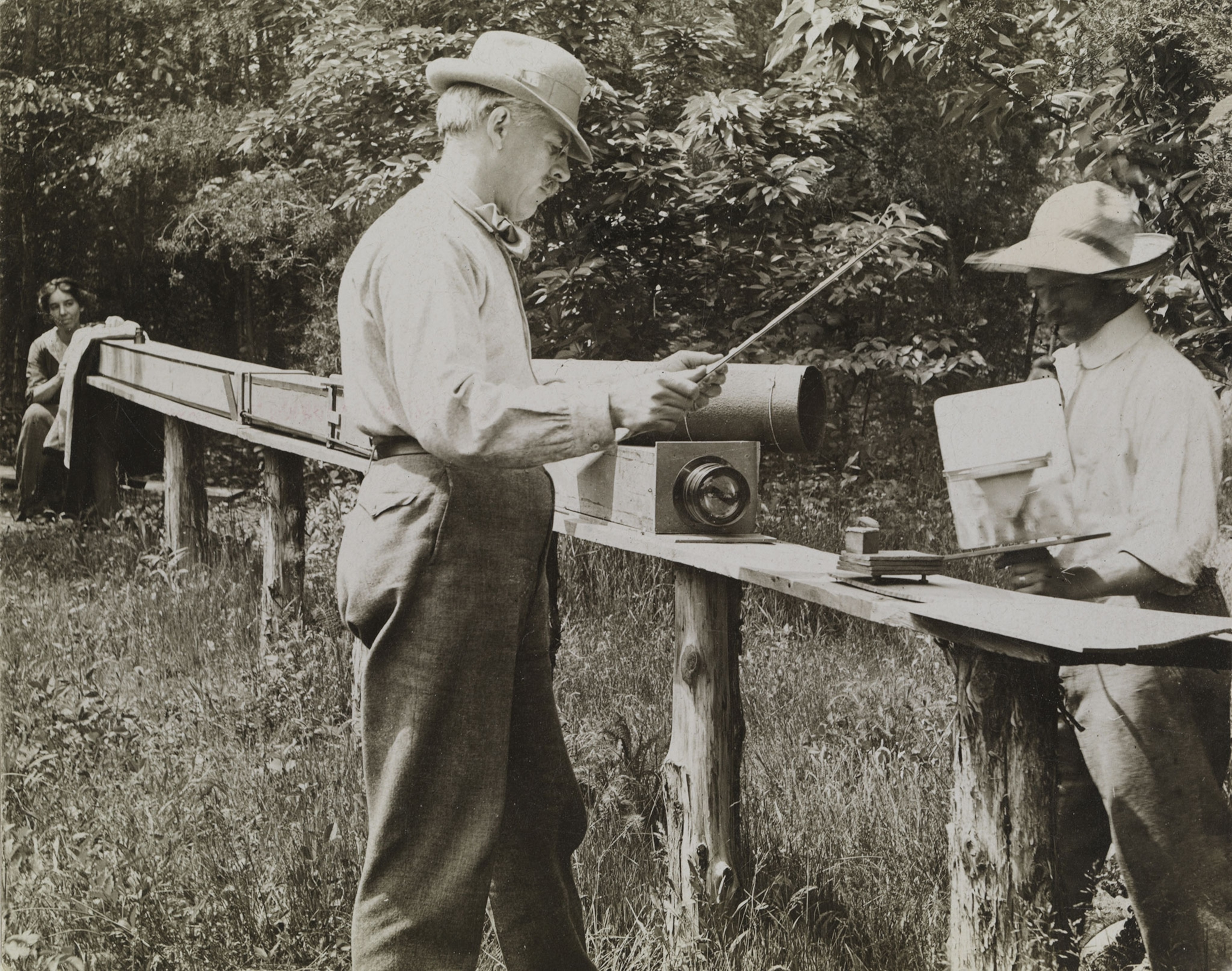
We should appreciate these often invisible neighbors, experts say: Insects and other invertebrates do huge favors for our agriculture and environment.
They till, enrich, and aerate the soil, as well as disperse seeds and pollinate about a third of food produced worldwide, notes Prudic.
Anyone know where to get a quintillion thank-you notes?
Liz Langley contributed reporting.


